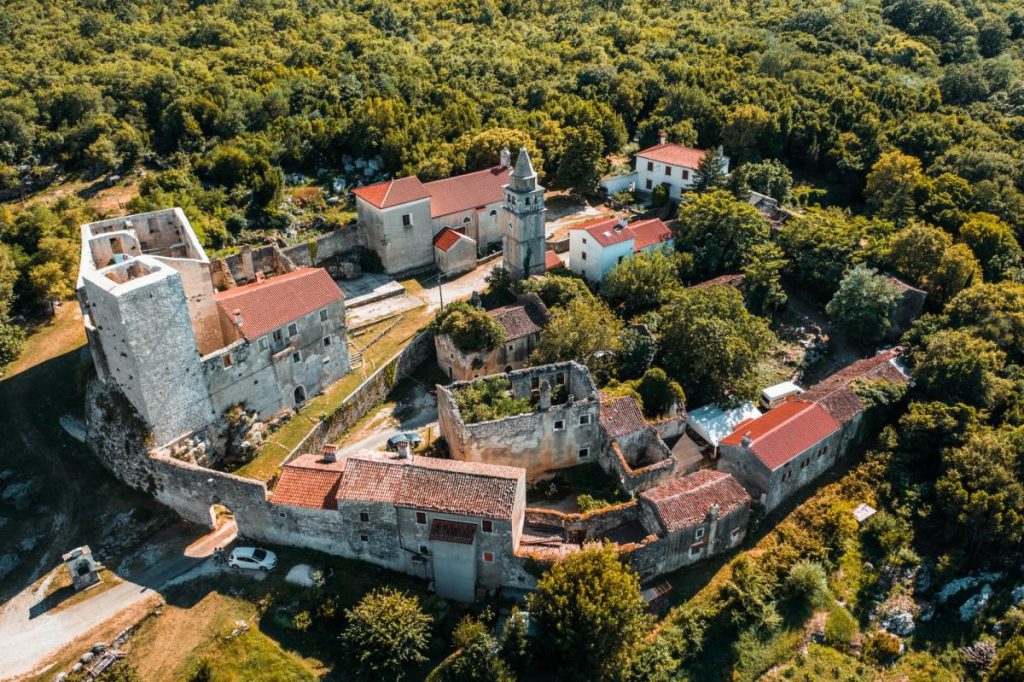Many factors have led to various changes in the structure of rural areas, both demographic and qualitative, unfortunately negative: a decrease in the number of inhabitants, displacement of younger people, an increase in the share of the elderly population and a continuous negative increase in the population.
The factors, that is, the problems that cause negative changes in rural areas are numerous, however, comparing rural with urban areas, it is possible to identify several key ones:
- Lower level of infrastructure equipment
- Poorer availability of service functions
- Smaller range of available functions
- Poorer traffic connections of residents
- Poorer mobility of residents
- Lack of jobs
- Labour shortage
- Negative demographic trends – emigration and natural population growth.
The concept of smart municipalities and smart villages should, by accepting and with the help of digital transformation and modernization of communications, ensure that citizens in rural areas have connectivity, access to services and jobs, opportunities, then skills, as urban residents can and do.

But rural environments can have their own uniqueness that they should recognize and turn into a strategic advantage, adopting some of the viable solutions applicable in the areas of smart rural areas:
- Economy: automation and telecommunications in rural areas, digital platforms and tools for manufacturers and companies
- Tourism: digital advertising platforms, accommodation reservations, tourist maps and guides, thematic maps and maps, guides
- Environment: reduction and control of harmful emissions, smart recycling, rationalisation, and optimisation of resource consumption
- Health: telemedicine, sensors, pagers, remote diagnostics, assistance to the elderly and disabled with health care services (delivery of medicines
- Energy: smart use of natural resources, use of renewable energy sources
- Mobility: sharing of transport resources, sharing of transport resources, use of ecological modes of transport (electric bicycles and cars), assistance to the elderly and disabled with transport services
- Agriculture: connecting producers and consumers by minimising the delivery chain, targeted agricultural production, air and satellite tagging and monitoring, automation, and digitalisation (sensors, drones, robotization, resource tracking)
- Social significance: new jobs, encouraging distance learning and lifelong learning, attractive, stimulating, and healthy retirement conditions.
The common denominator of all these areas is the attribute “smart”, “smart” or “smart”, a name that hides modern telecommunications infrastructure and ultra-fast, broadband Internet access – the basis and basic assumption of the development of smart municipalities, smart villages, digitalization and digital transformation and modernization of communications of rural areas.
